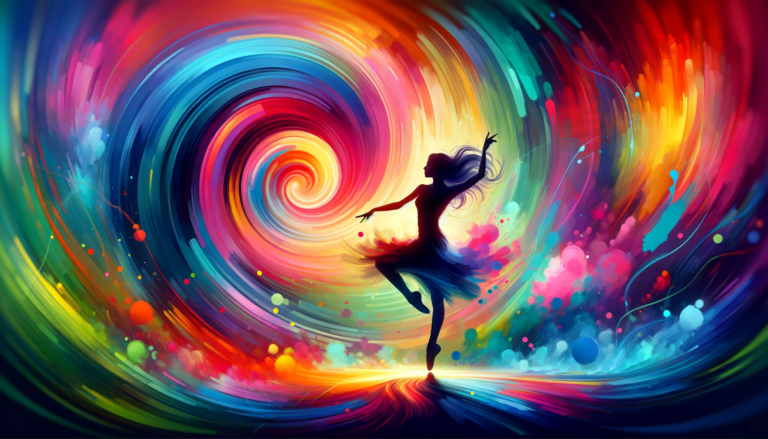Color is a powerful tool in the world of art and design, influencing our emotions, behaviors, and how we perceive the world around us. In the context of coloring, understanding the psychology of colors can enhance the experience, turning a simple activity into a deeply therapeutic and satisfying one. This article explores the emotional and psychological impacts of different colors and provides tips on selecting coloring images to align with desired feelings and moods.
Understanding Color Psychology
Color psychology is the study of how colors affect human behavior and mood. Each color has unique effects on individuals, and these effects can be used to enhance the therapeutic benefits of coloring:
– Red: Often associated with energy, passion, and danger, red can stimulate and excite. It might be used in coloring to energize and ignite creativity.
– Blue: Known for its calming and serene effects, blue can help reduce stress and promote relaxation. It is ideal for evening coloring sessions to unwind before bed.
– Yellow: This bright and cheerful color evokes happiness and optimism. Yellow can be used to uplift mood and inspire joy during coloring.
– Green: Representing nature and tranquility, green has a soothing effect, making it perfect for stress relief and creating a sense of balance.
– Purple: Often associated with royalty, luxury, and spirituality, purple can stimulate imagination and creativity, ideal for explorative coloring sessions.
Choosing Colors for Emotional Impact
When selecting coloring images, consider the emotional impact you wish to achieve. For relaxation, opt for images with dominant cool tones like blues and greens. To boost energy and creativity, choose images with warm colors like reds, oranges, and yellows. For a balanced mood, select images that combine both warm and cool tones.
Color Selection Techniques
– Color Harmony: Use colors that complement each other. For example, a blue and orange palette can create a visually appealing and balanced artwork.
– Color Temperature: Mix warm and cool colors to enhance the emotional depth of your coloring page, using warm colors to draw attention and cool colors to provide relief.
– Monochromatic Shades: Using various shades of a single color can create a sophisticated and cohesive look, which can be particularly calming and satisfying.
The Impact of Coloring on Mood
Coloring not only allows for creative expression but also has a significant impact on improving mood and reducing stress. The act of focusing on colors and designs can shift attention away from negative thoughts and induce a meditative state, leading to improved mental well-being.
Conclusion
Understanding the psychology of colors can transform coloring from a simple pastime into a powerful tool for emotional and psychological healing. By choosing colors that align with the emotions you wish to evoke, you can enhance the therapeutic benefits of coloring, making it a more purposeful and enriching activity. Whether you’re looking to relax, energize, or simply enjoy a creative outlet, coloring offers a unique way to connect with your emotions and enhance your mental well-being.
